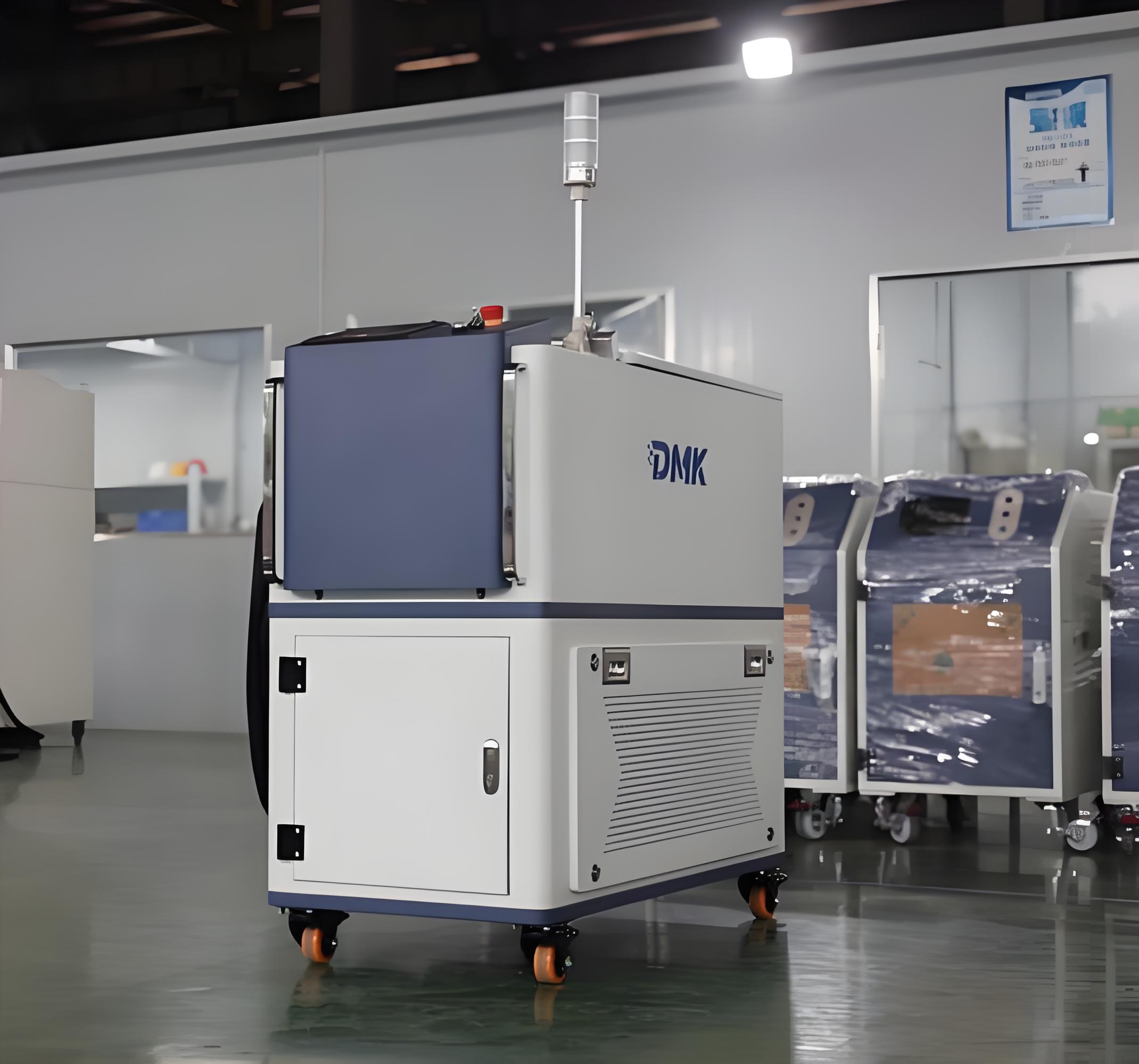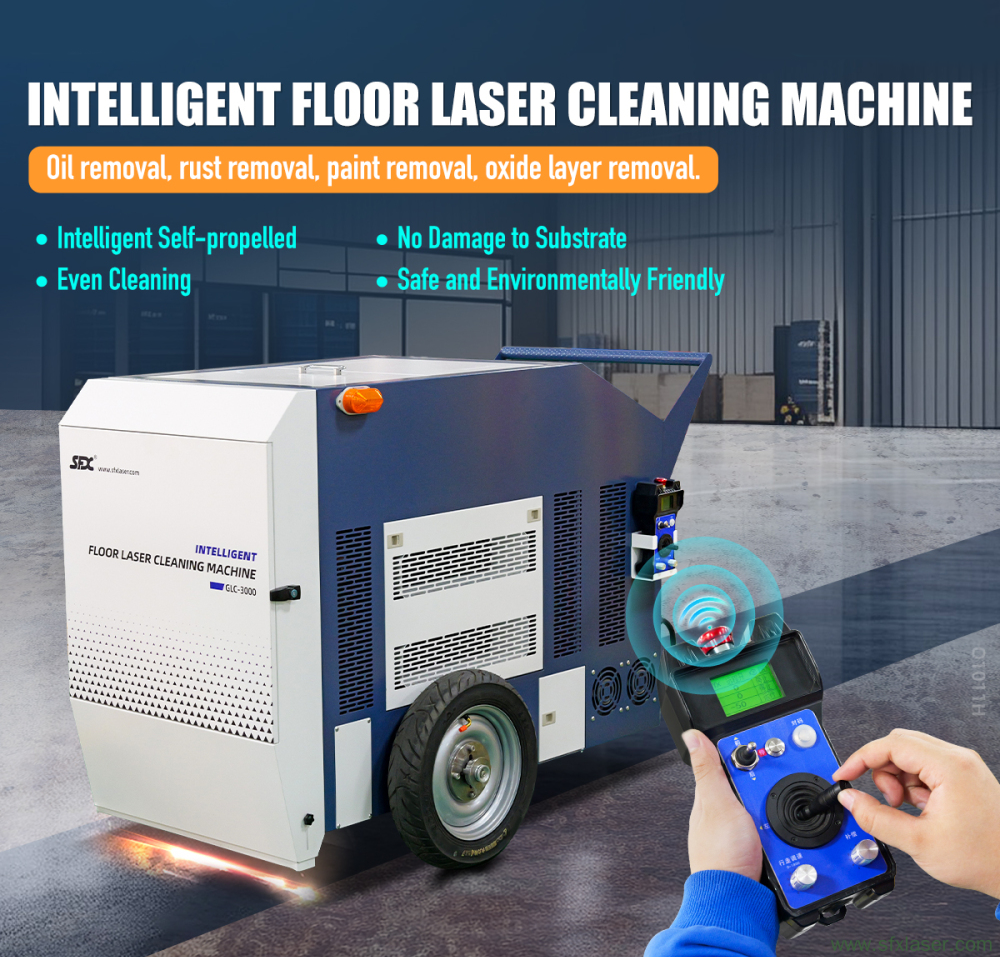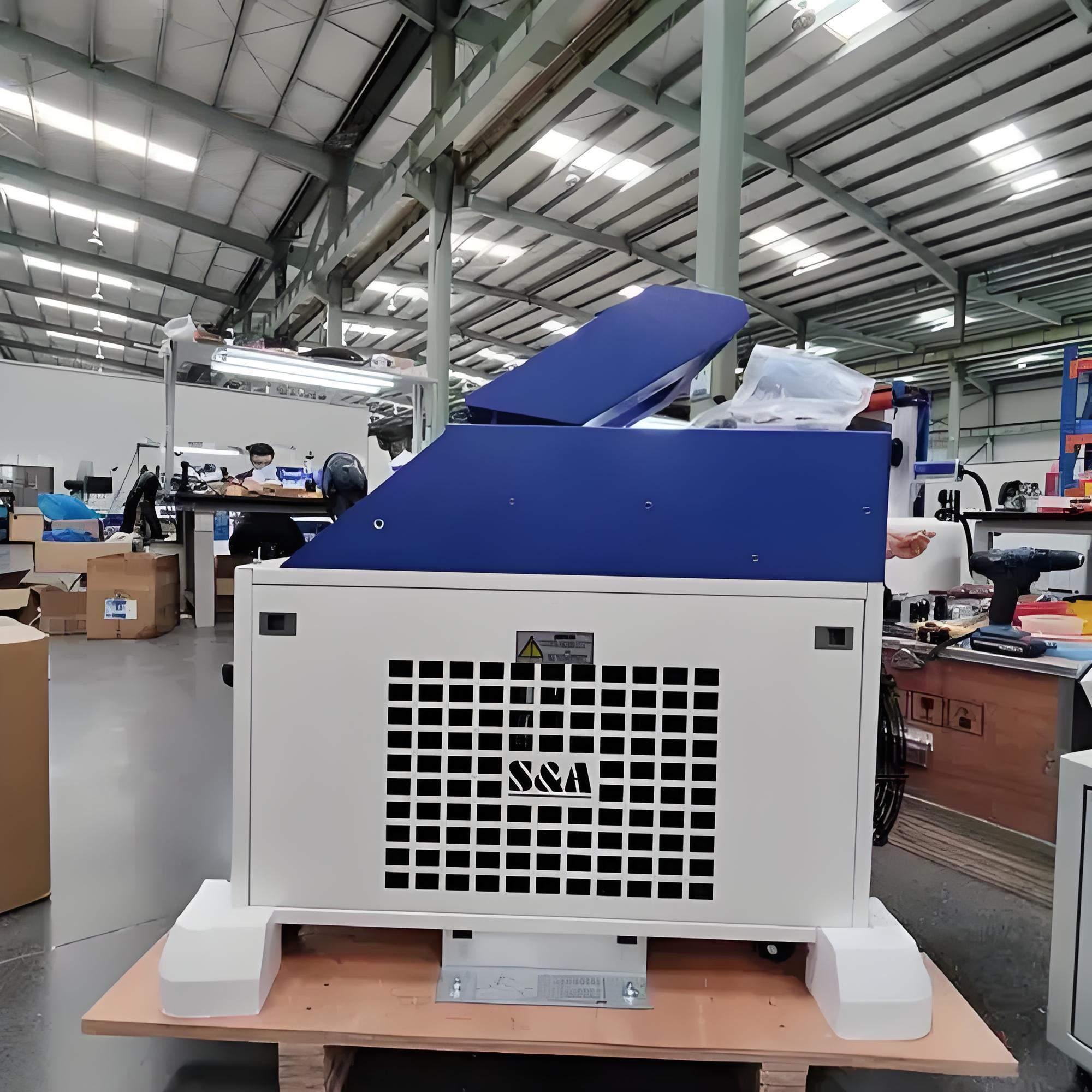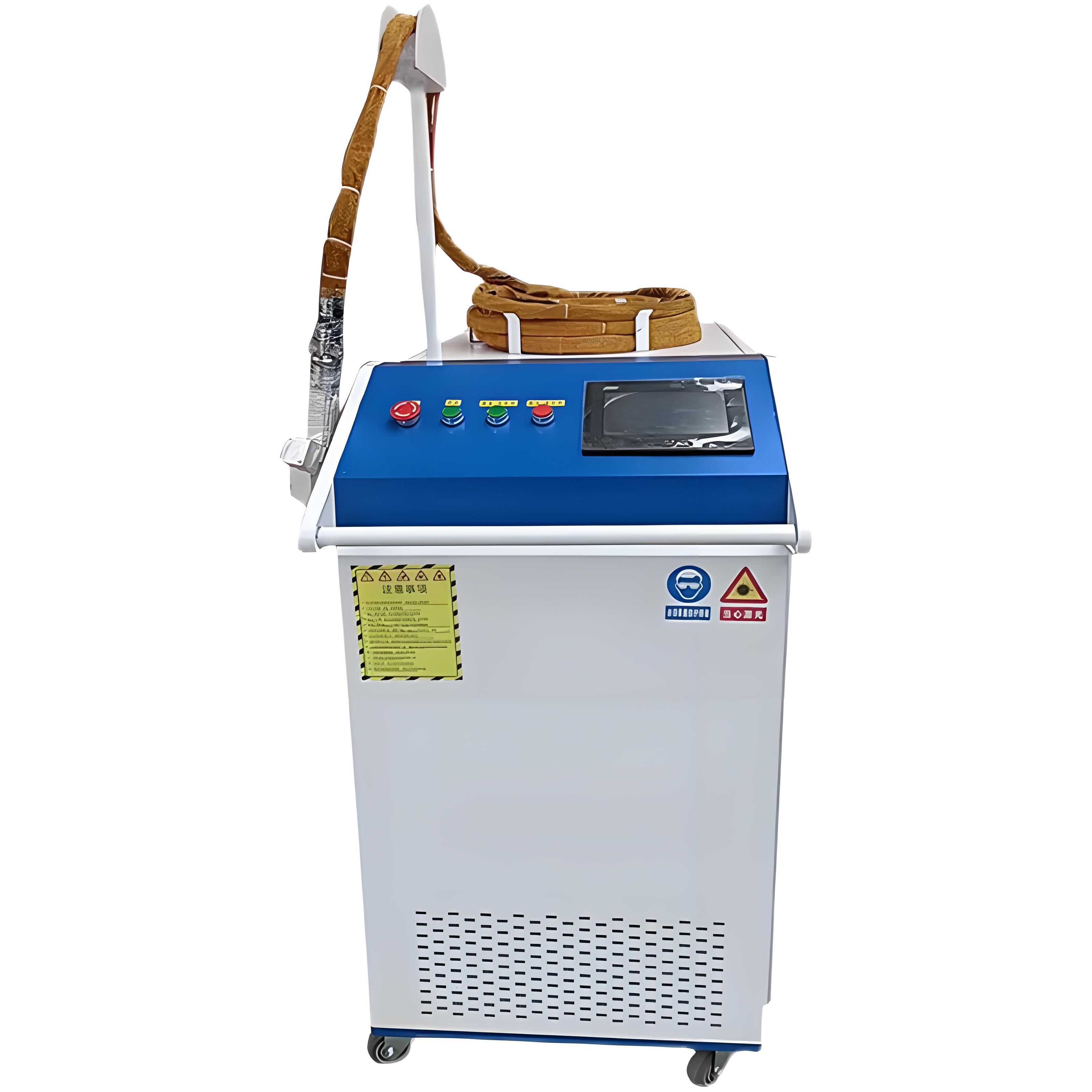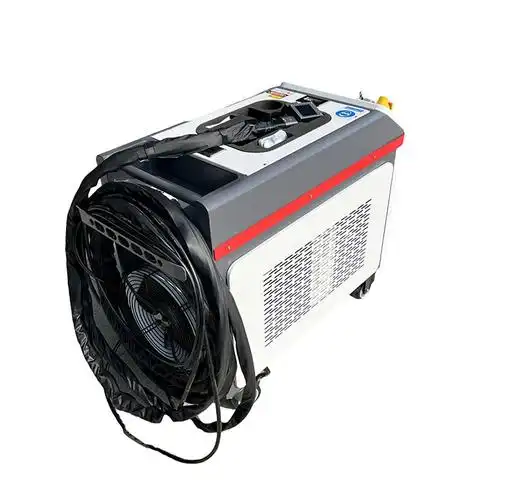At present, the mainstream laser rust removal machines on the market mainly fall into two categories: continuous fiber laser rust removal machines and pulsed fiber laser rust removal machines.
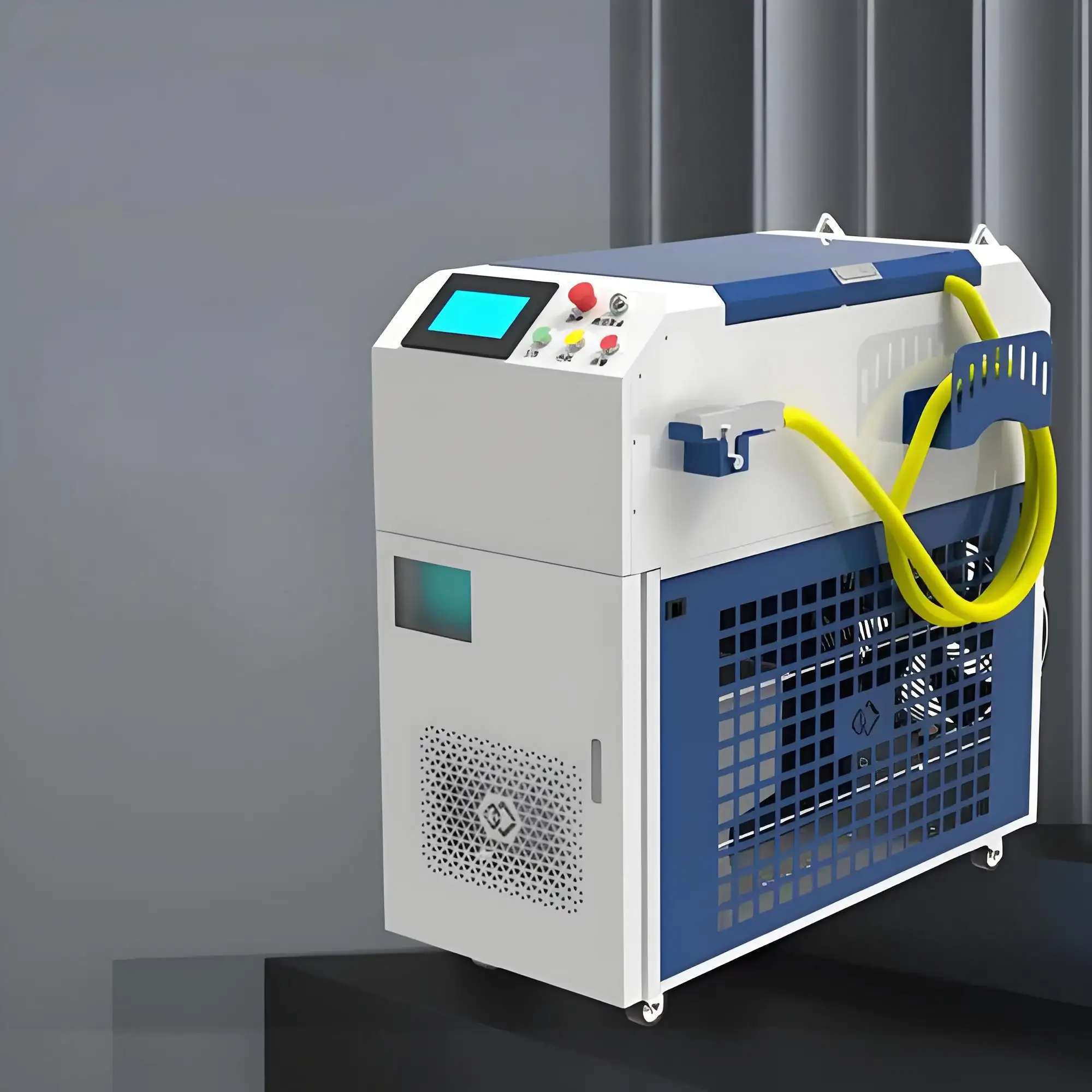
Continuous lasers typically come in power levels of 1500W, 2000W, 3000W, and 6000W, with prices ranging from approximately 20,000 to 110,000 RMB.
Pulsed lasers generally range from 100W, 200W, 300W, up to 1000W and 2000W, with prices from around 40,000 to 400,000 RMB.
When it comes to application:
Any workpiece that can be cleaned by a continuous laser can also be cleaned by a pulsed laser.
However, the reverse does not always hold true—workpieces suitable for pulsed laser cleaning may not be suitable for continuous lasers.
Therefore, the current market features this pattern: pulsed lasers have a wider range of applications but are more expensive, mainly used for high-value, precision workpieces.
Continuous lasers offer high power and efficiency, primarily for rough metal surfaces.
Additionally, pulsed lasers produce less thermal effect during cleaning, meaning they have minimal impact on the substrate and can achieve cleaning without damaging it. In contrast, continuous lasers generate more heat, which may risk harming the substrate. Thanks to their high cost-effectiveness, continuous lasers are still the mainstream choice in the laser rust removal field. This discussion focuses on the easily overlooked details of continuous laser rust removal machines.
Key details often ignored in continuous laser rust removal machines:
Continuous laser machines have relatively simple adjustable parameters—basically involving the combination of the laser source, chiller, and cleaning gun. However, at a more advanced level, to meet specific cleaning requirements, the following two factors are crucial, yet frequently overlooked in the market.
1. Fiber Core Diameter (Core Size)
Typically, continuous fiber lasers offer options of 25μm, 50μm, and 100μm core diameters.
The smaller the core, the more concentrated the energy, achieving deeper cleaning, but at lower efficiency.
The larger the core, the more dispersed the energy, resulting in shallower cleaning, less likely to damage the substrate, and higher efficiency.
The fiber core diameter is a fixed parameter of the laser source, and cannot be adjusted later. It must be selected based on different application scenarios.
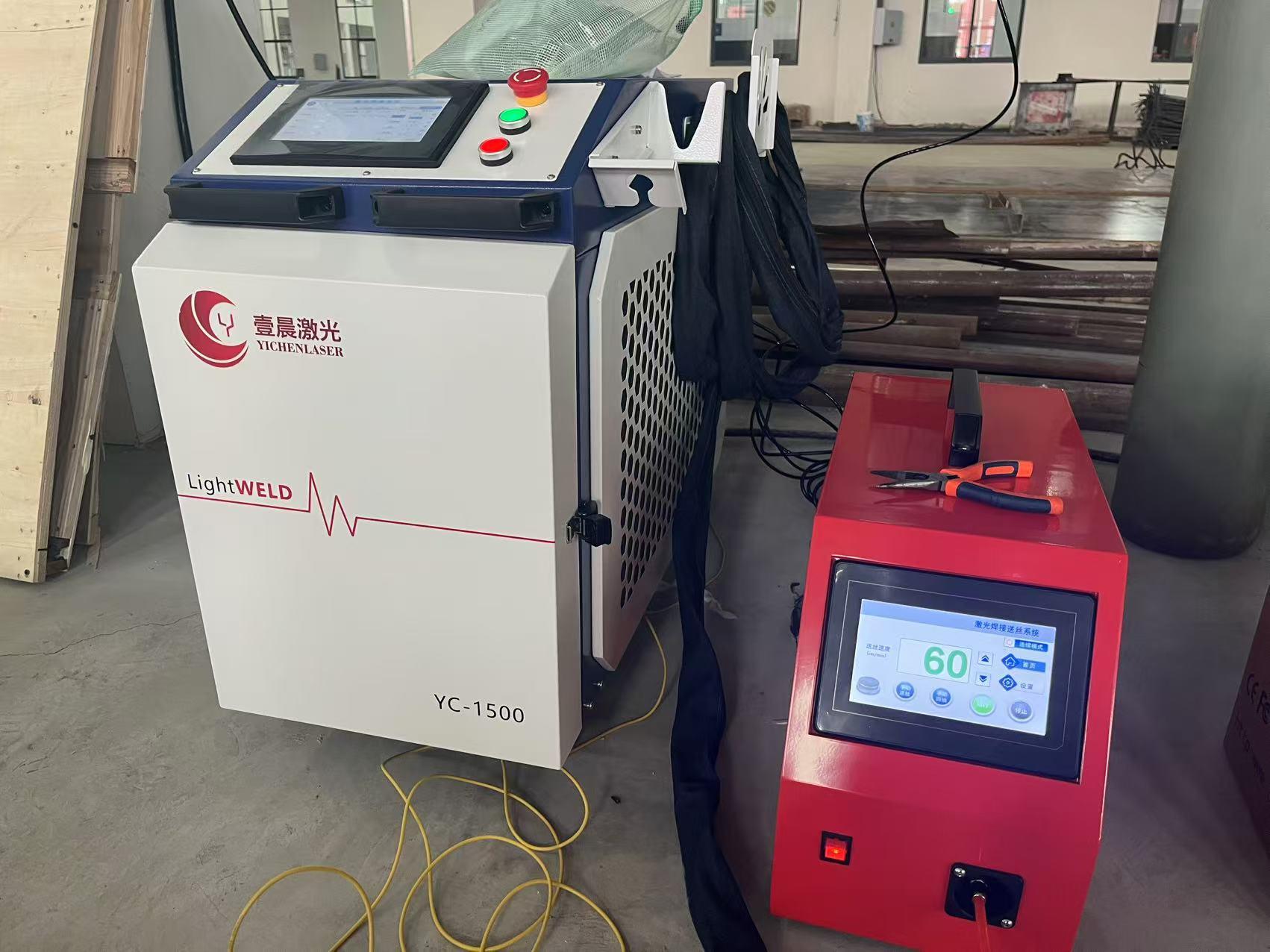
2. Focal Length
Focal length is extremely important for laser rust removal machines. The most common focal length on the market is 800 mm, meaning the laser energy is strongest when the distance from the cleaning gun to the rust layer is 800 mm. Many non-professional customers mistakenly think 800 mm is the only option. In fact, available focal lengths include 400/600/800/1000 mm.
Shorter focal lengths concentrate energy more tightly.
Longer focal lengths spread energy out more.
Additionally:
Shorter focal lengths result in narrower scanning widths, whereas
longer focal lengths produce wider scanning widths.
For example:
A 400 mm focal length gun has a maximum scanning width of 150 mm,
600 mm gives 225 mm,
800 mm gives 300 mm,
1000 mm gives 400 mm.
Importantly, a wider scanning width is not always better. With a longer focal length and larger scan width, energy becomes more dispersed, penetration is weaker, and the cleaning is shallower.
If contaminants are easy to remove, a longer focal length with wider scanning width (800 mm or 1000 mm) improves efficiency.
If contaminants are stubborn, it’s better to choose a shorter focal length (400 mm or 600 mm) to concentrate energy for deeper cleaning.
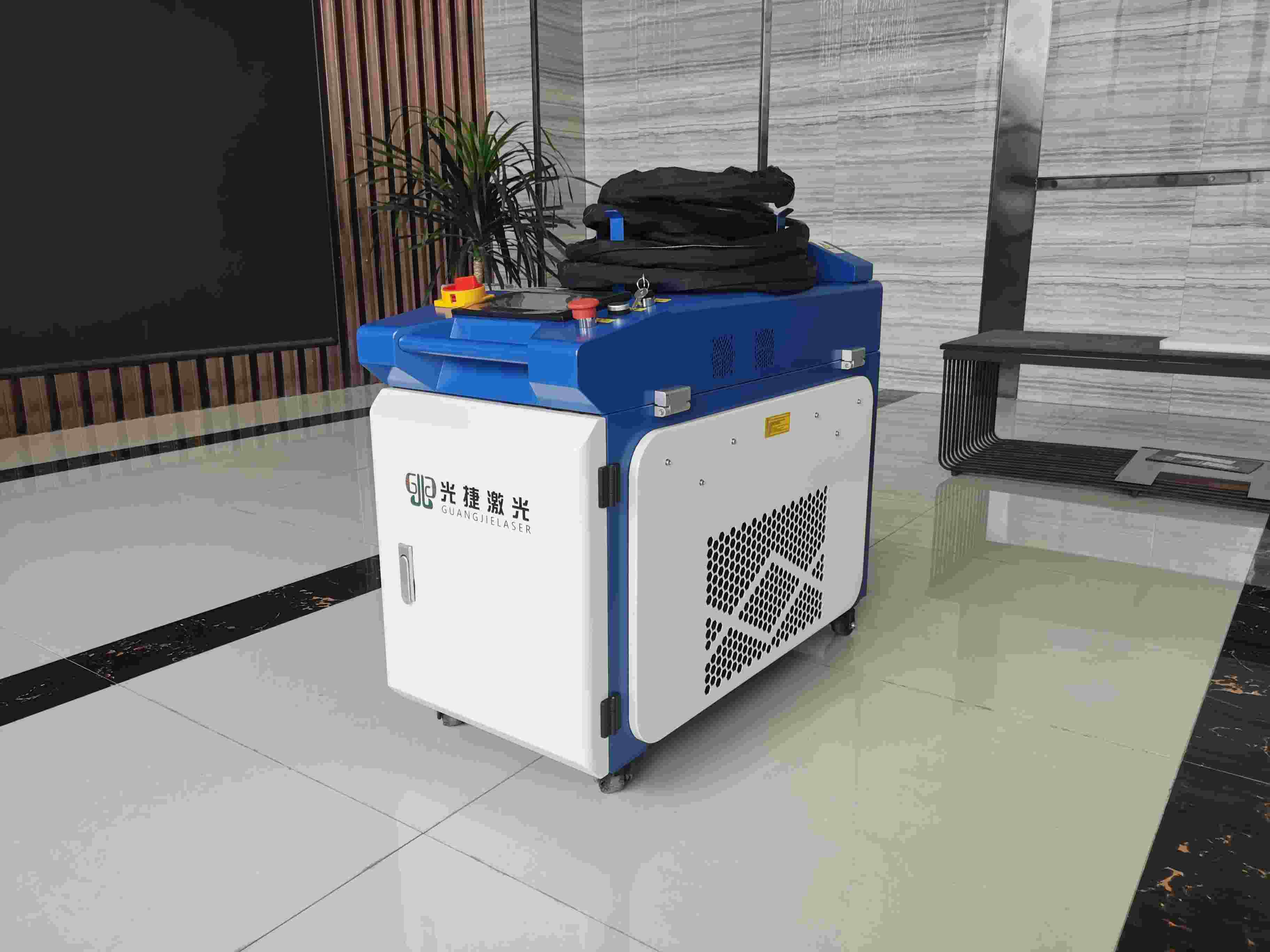
The essence of laser rust removal is precise energy control
Although continuous systems are often marketed with a “high power” label, their true performance relies on the scientific configuration of fiber core diameter and focal length. Ignoring these details may result in inefficient operation—like “using a big horse to pull a small cart”—or increased risk of substrate damage.
In the context of industrial digital transformation, only by thoroughly understanding the technical characteristics of the equipment can laser rust removal truly become a tool for reducing costs and increasing efficiency.

